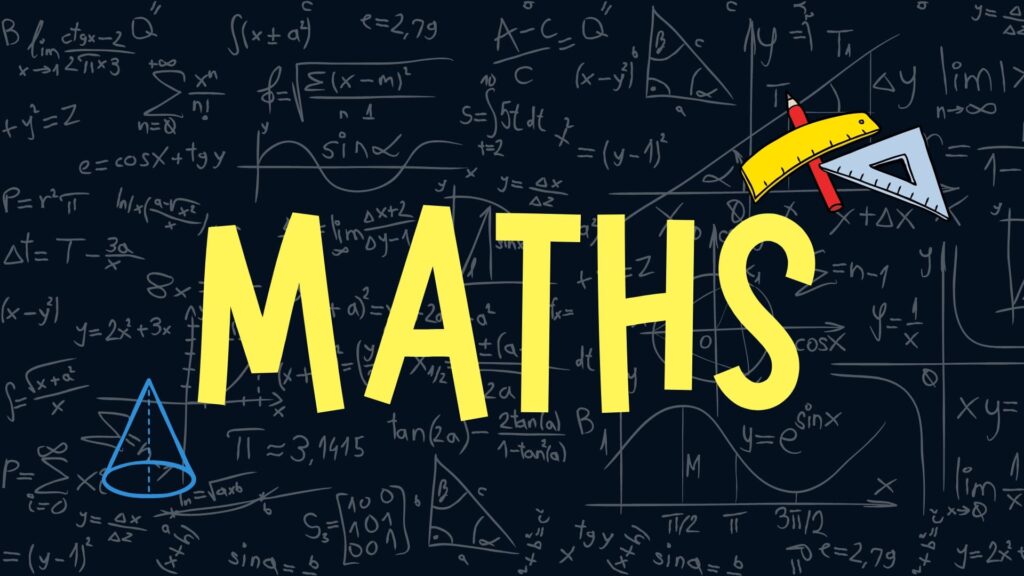Important questions for Class 9 Maths Chapter 1 Number system are given here. These practice questions will help the students to build a better understanding of the Number system concept in Maths. These Class 9 Chapter 1 questions are important for CBSE Class 9 Maths exams. These important questions give an overview of the question types that are asked in the final exams and so students are able to face the exams more confidently.
Number System Important Questions For Class 9 (Chapter 1)
Below given important Number system questions for 9th class students will help them to get acquainted with a wide variation of questions and thus, develop problem-solving skills.
Q.1: Find five rational numbers between 1 and 2.
Solution:
We have to find five rational numbers between 1 and 2.
So, let us write the numbers with denominator 5 + 1 = 6
Thus, 6/6 = 1, 12/6 = 2
From this, we can write the five rational numbers between 6/6 and 12/6 as:
7/6, 8/6, 9/6, 10/6, 11/6
Q.2: Find five rational numbers between 3/5 and 4/5.
Solution:
We have to find five rational numbers between 3/5 and 4/5.
So, let us write the given numbers by multiplying with 6/6, (here 6 = 5 + 1)
Now,
3/5 = (3/5) × (6/6) = 18/30
4/5 = (4/5) × (6/6) = 24/30
Thus, the required five rational numbers will be: 19/30, 20/30, 21/30, 22/30, 23/30
Q.3: Locate √3 on the number line.
Solution:
Construct BD of unit length perpendicular to OB (here, OA = AB = 1 unit) as shown in the figure.
By Pythagoras theorem,
OD = √(2 + 1) = √3
Taking O as the centre and OD as radius, draw an arc which intersects the number line at the point Q using a compass.
Therefore, Q corresponds to the value of √3 on the number line.
Q.4: Are the square roots of all positive integers irrational? If not, give an example of the square root of a number that is a rational number.
Solution:
No, since the square root of a positive integer 16 is equal to 4. Here, 4 is a rational number.
Q.5: Find the decimal expansions of 10/3, 7/8 and 1/7.
Solution:
Therefore, 10/3 = 3.3333…
7/8 = 0.875
1/7 = 0.1428571…Q.6:Show that 0.3333…=0.3¯ can be expressed in the form p/q, where p and q are integers and q≠0.
Solution:
Let x = 0.3333….
Multiply with 10,
10x = 3.3333…
Now, 3.3333… = 3 + x (as we assumed x = 0.3333…)
Thus, 10x = 3 + x
10x – x = 3
9x = 3
x = 1/3
Therefore, 0.3333… = 1/3. Here, 1/3 is in the form of p/q and q ≠ 0.
Q.7: What can the maximum number of digits be in the repeating block of digits in the decimal expansion of 1/17? Perform the division to check your answer.
Solution:
Thus, 1/17 = 0.0588235294117647….
Therefore, 1/17 has 16 digits in the repeating block of digits in the decimal expansion.
Q.8: Find three different irrational numbers between the rational numbers 5/7 and 9/11.
Solution:
The given two rational numbers are 5/7 and 9/11.
5/7 = 0.714285714…..
9/11 = 0.81818181……
Hence, the three irrational numbers between 5/7 and 9/11 can be:
0.720720072000…
0.730730073000…
0.808008000…
Q.9: Visualise 3.765 on the number line, using successive magnification.
Solution:
Visualisation of 3.765 on the number line, using successive magnification is given below:
Q.10: Add 2√2+ 5√3 and √2 – 3√3.
Solution:
(2√2 + 5√3) + (√2 – 3√3)
= 2√2 + 5√3 + √2 – 3√3
= (2 + 1)√2 + (5 – 3)√3
= 3√2 + 2√3
Q.11: Simplify: (√3+√7) (√3-√7).
Solution:
(√3 + √7)(√3 – √7)
Using the identity (a + b)(a – b) = a2 – b2,
(√3 + √7)(√3 – √7) = (√3)2 – (√7)2
= 3 – 7
= -4
Q.12: Rationalise the denominator of 1/[7+3√3].
Solution:
1/(7 + 3√3)
By rationalizing the denominator,
= [1/(7 + 3√3)] [(7 – 3√3)/(7 – 3√3)]
= (7 – 3√3)/[(7)2 – (3√3)2]
= (7 – 3√3)/(49 – 27)
= (7 – 3√3)/22
Q.13: Represent √(9.3) on the number line.
Solution:
Representation of √9.3 on the number line is given below:
Q.14: Simplify:
(i) 72/3.71/5
(ii) 101/2/101/4
Solution:
(i) 72/3.71/5
Bases are equal, so add the powers.
7(2/3 + 1/5)
= 7(10 + 3)/15
= 713/15
(ii) 101/2/101/4
Bases are equal, so subtract the powers.
= 10 (1/2 – 1/4)
= 101/4
Q.15: What is the product of a rational and an irrational number?
a) Always an integer
b) Always a rational number
c) Always an irrational number
d) Sometimes rational and sometimes irrational
Correct answer: Option (c)
Explanation:
The product of a rational and an irrational number is always an irrational number.
For example, 2 is a rational number and √3 is irrational. Thus, 2√3 is always an irrational number.
Q.16: What is the value of (256)0.16 X (256)0.09?
a) 4
b) 16
c) 64
d) 256.25
Correct answer: Option (a)
(256)0.16 x (256)0.09 = (256)(0.16 + 0.09)
= (256)0.25
= (256)(25/100)
= (256)(1/4)
= (44)(1/4)
= 44(1/4)
= 4


![NCERT Books for Class 9 Science [2023 -24 Edition Revised Syllabus] PDF Download](https://cbsejeeneet.com/wp-content/uploads/2023/07/WhatsApp-Image-2023-07-17-at-14.06.59-1024x575.jpg)
